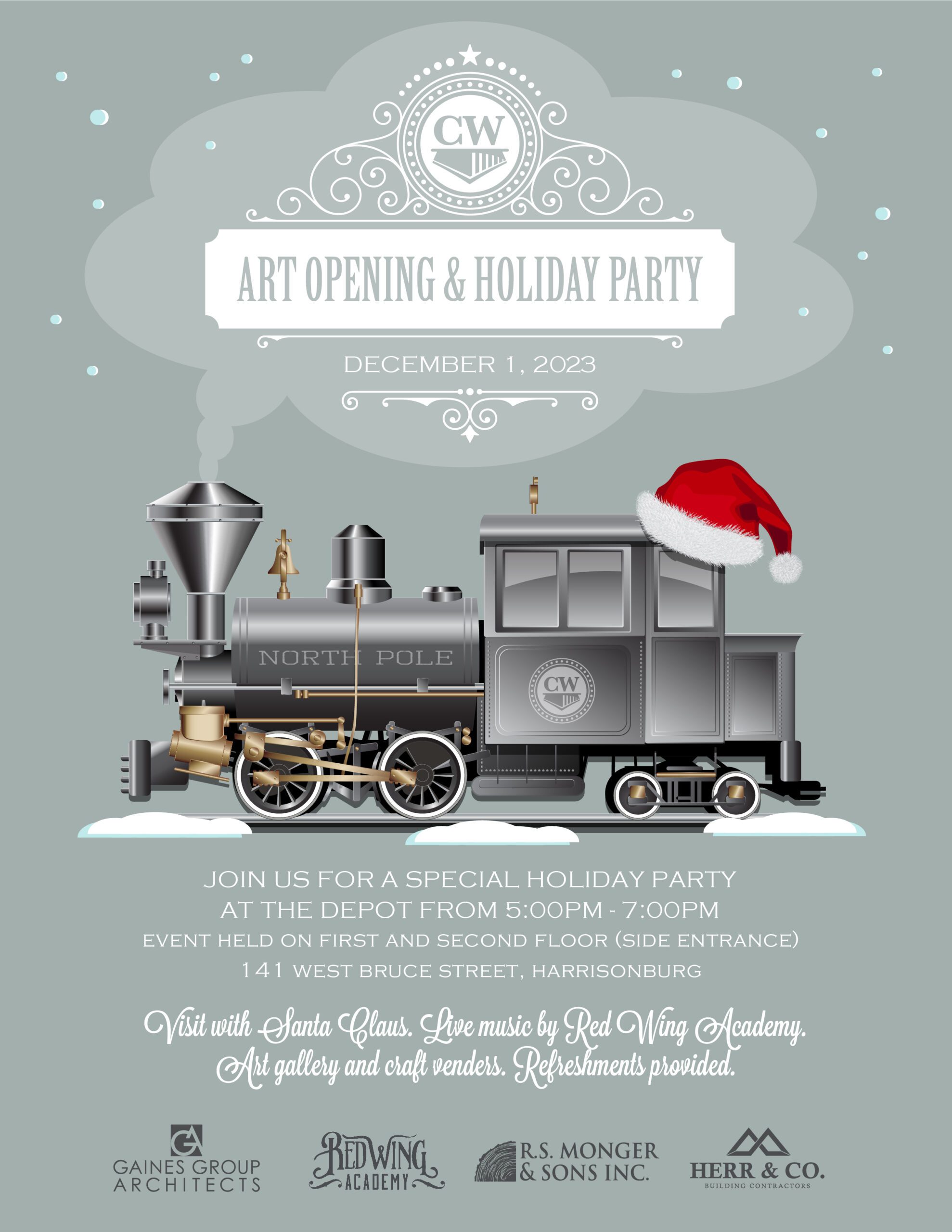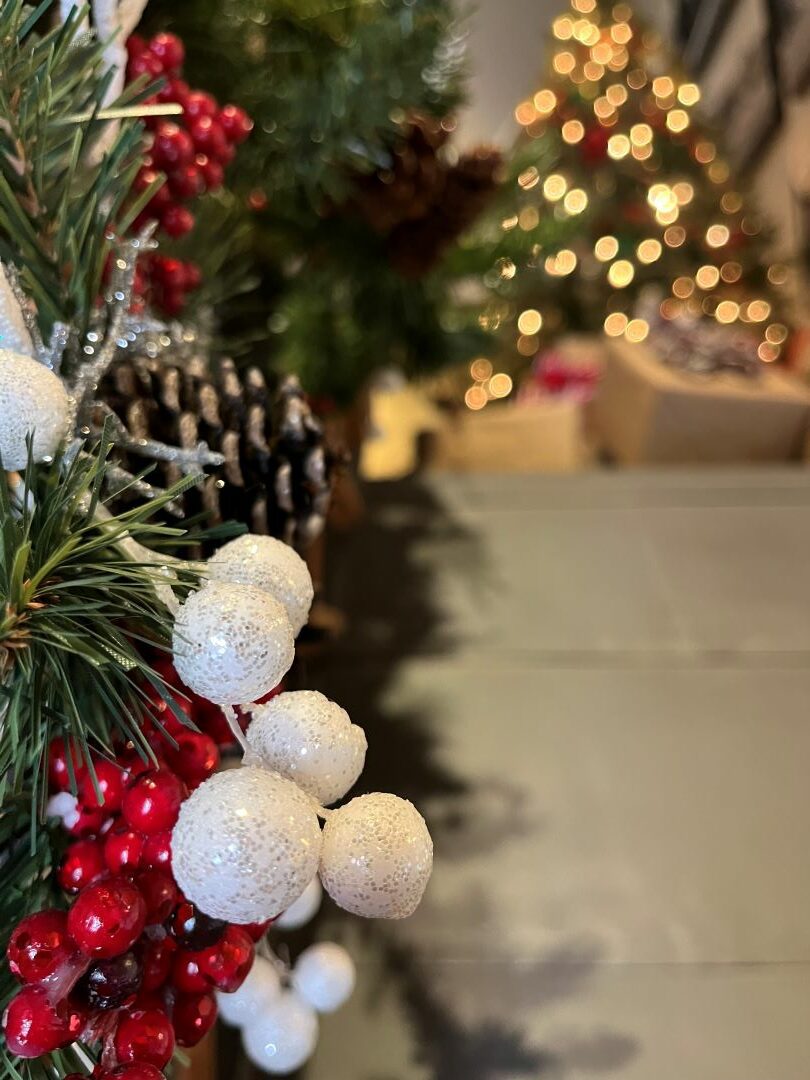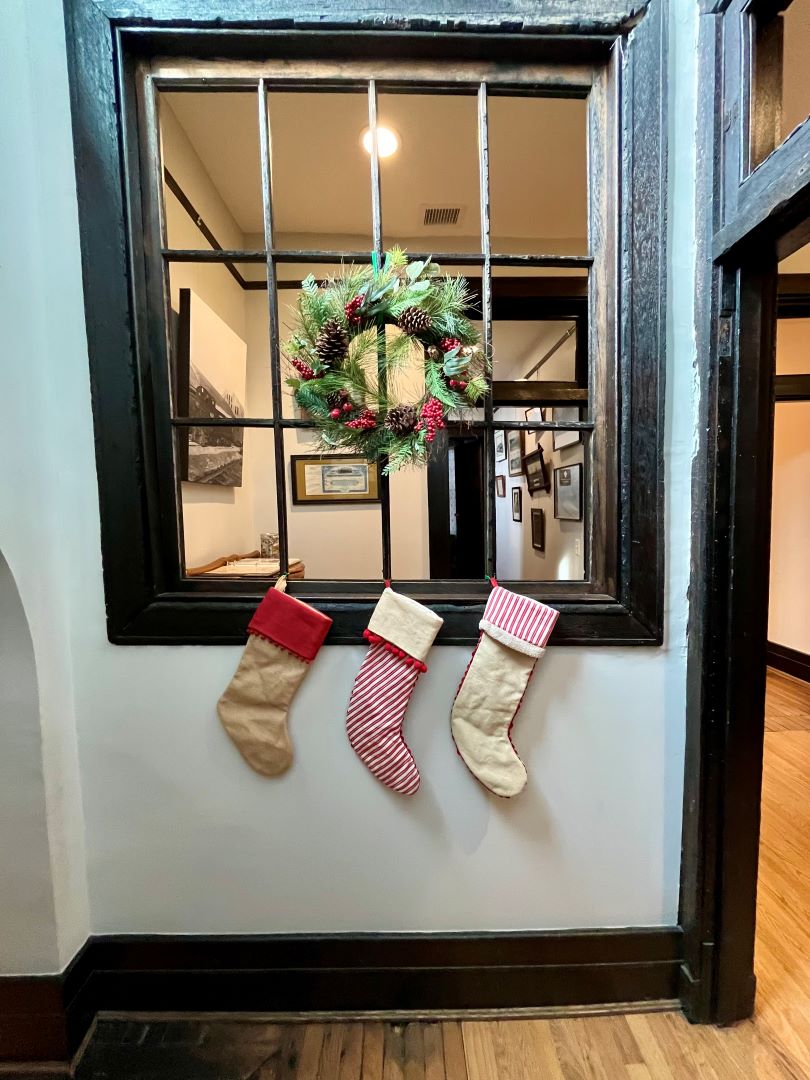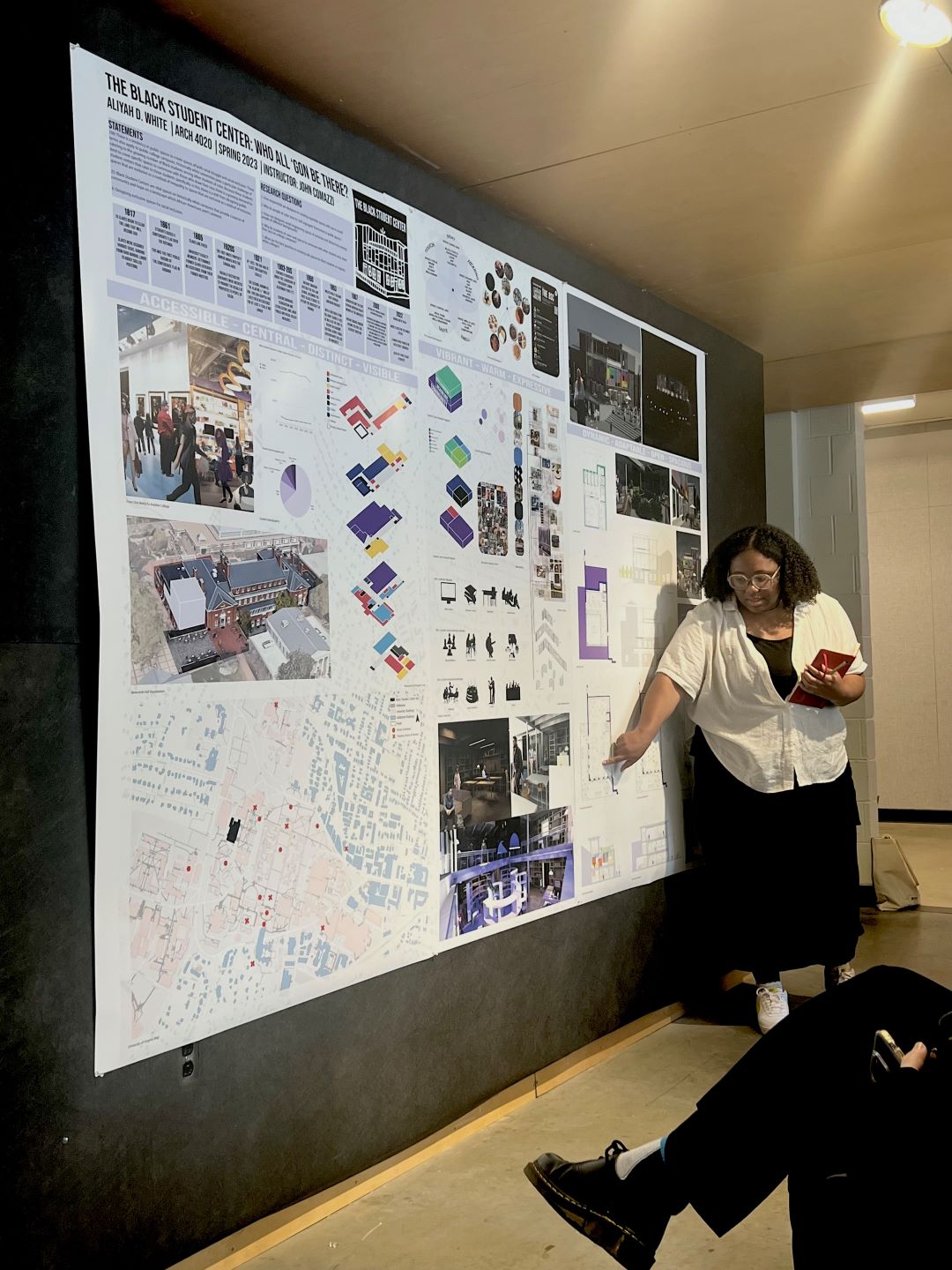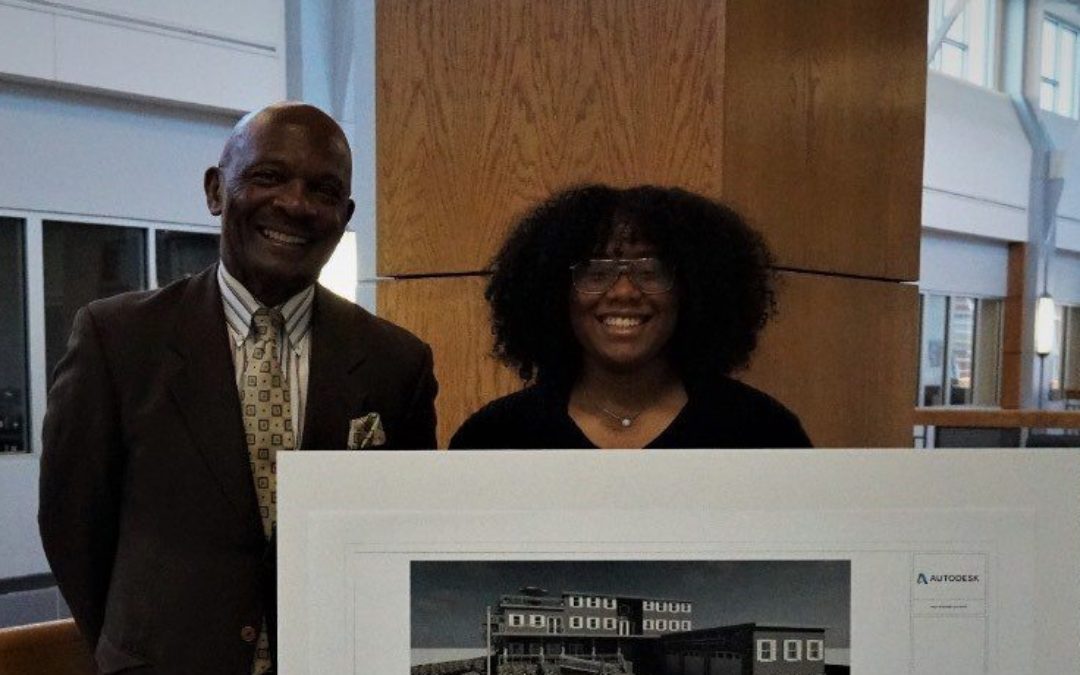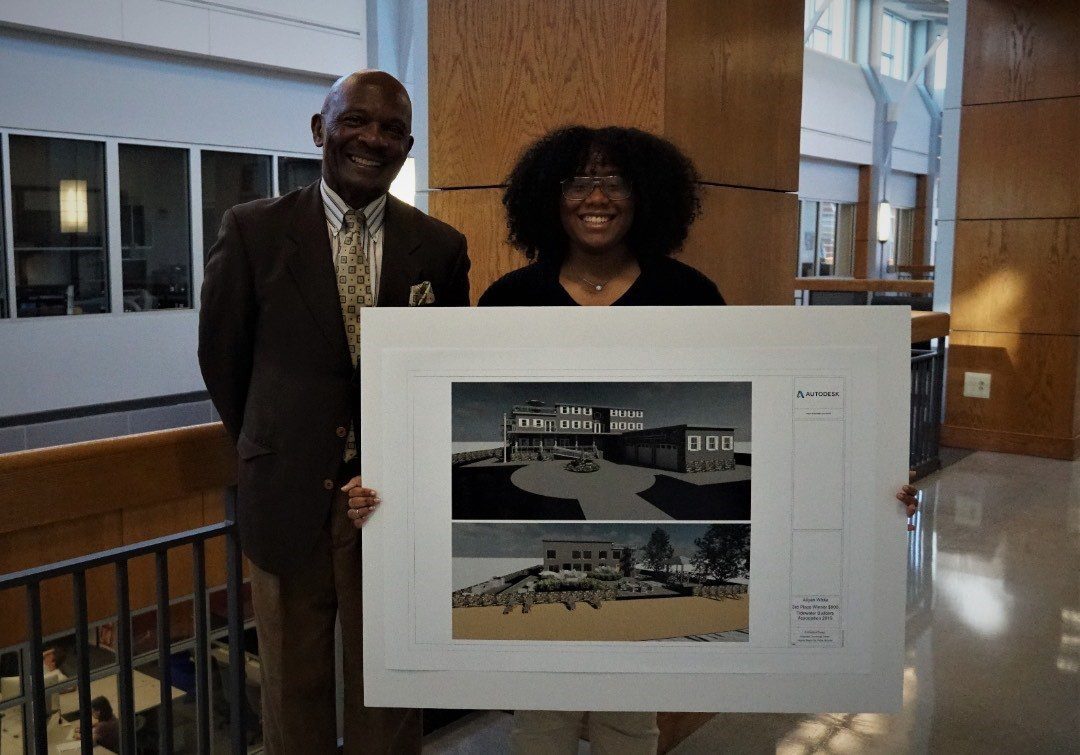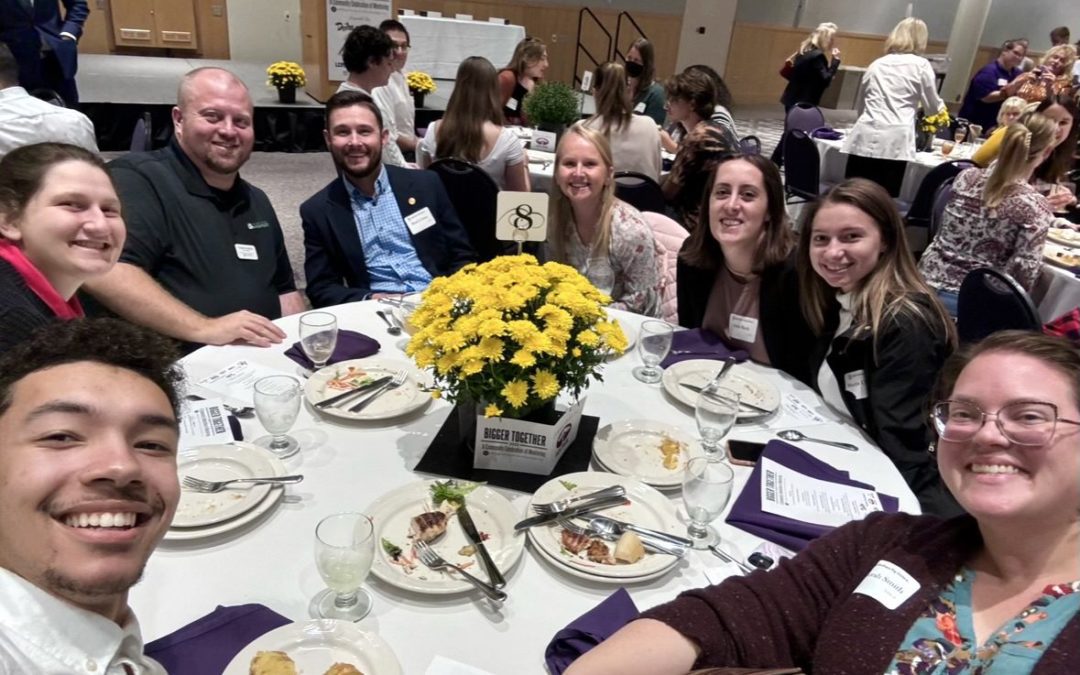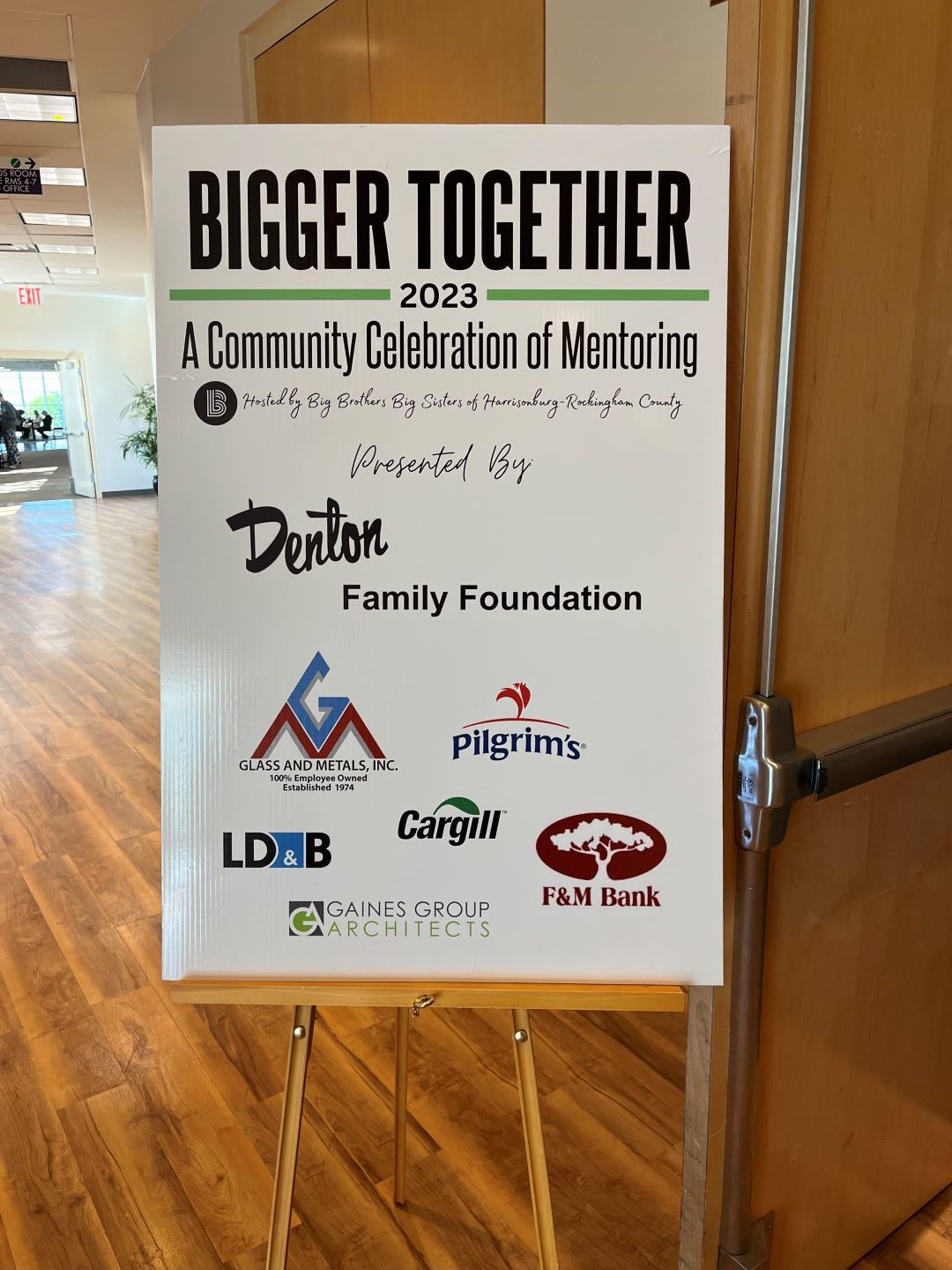
Celebrate the Holidays at the Depot!
It’s once again the time of year when the cold begins to creep onto your windows and as you peer outside, your breath fogs over the glass. The smell of spices and holiday pine greenery begin to fill the air. There’s a tease of snow on the horizon. … You get the picture.
At the Depot, we’re already in the holiday spirit, and we can’t wait to celebrate with you! On Friday, December 1st, join us at the Depot for a special Holiday Party and First Friday event filled with artists galore, craft vendors, refreshments, community, music, an appearance by Santa himself, and more!
Artists featured on the second floor will be Randy Harman, showing his poured acrylic work; author Russ Eanes with copies of his newest book available for sale and signing; Wood and Wool, needle felting and woodturning for sale by Lynn and Phil Adams; and David Sutton of Port Farm, selling his hand-turned woodwork. This is the perfect time to buy local, handmade gifts for the holidays. Also, don’t miss a group from Red Wing Academy who will grace us with their appearance as they fill the space with music.
This is a free and kid-friendly event, and everyone is welcome and invited to join. A special thanks to our neighbors R.S. Monger and Sons Inc. and Herr & Co. for co-hosting this community event. RSVP for the event on Facebook here.
